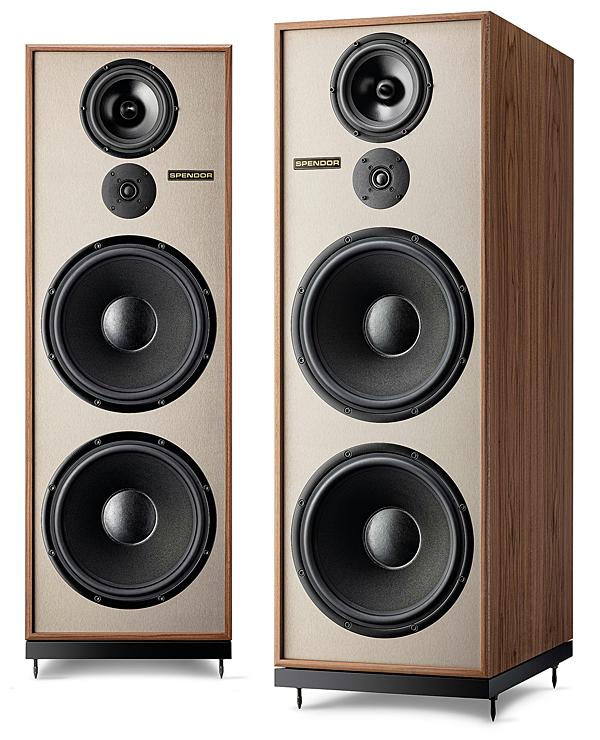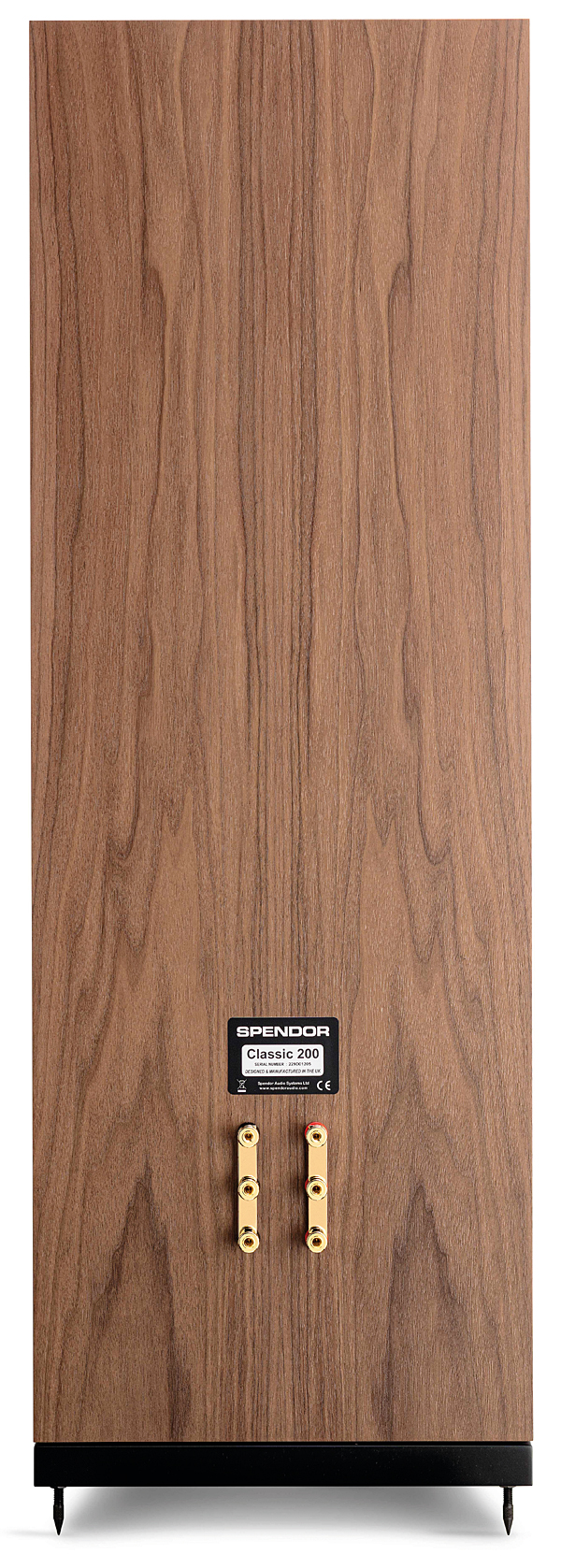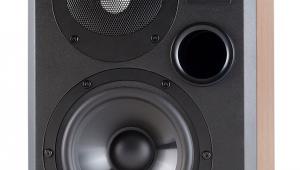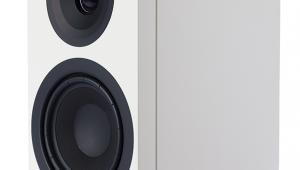Spendor Classic 200Ti Loudspeaker

 We report on a classic with a modern twist as Spendor launches a flagship inspired by its iconic 1970s models
We report on a classic with a modern twist as Spendor launches a flagship inspired by its iconic 1970s models
As any hi-fi enthusiast will know, Spendor has an illustrious history, its co-founder Spencer Hughes creating the company's first speaker, the BC1, using knowledge he'd gained while working at the BBC in the '60s. Yet for the past decade the brand has been working hard to reinvent itself, its affordable A and higher-end D series selling into the mainstream speaker market.
At the same time, however, Spendor has continued to make its Classic range, a series of speakers that embody the spirit of its original '70s designs. Now it has plans to revamp all of these models, with the flagship Classic 200Ti being the first to be unveiled.
While Spendor's modern loudspeakers have small footprints, compact drive units and narrow baffles – as is the current vogue – its Classic range offers the reverse. Here we see a different philosophical take on design, the speakers having large diameter bass drivers, wide baffles and unfashionable infinite baffle cabinet loading.
Serious Speaker
The £19,800 200Ti you see here is the very epitome of this approach (the standard walnut/cherry finish is £16,500). However, it's only 'retro' up to a point – even if the speaker's appearance might lead you to surmise otherwise. Spendor doesn't employ old technology to painstakingly recreate the sound of past classics like the BC1. Rather, the drive units used – as well as the build and engineering – are as contemporary as those found in the company's A and D series.

The 200Ti is a sealed-box, wide-baffle, three-way design – features all pretty much de rigueur back in the '70s when they were also the mark of a serious loudspeaker. Measuring 1087x370x513mm (hwd) and weighing 55kg, the cabinet is large compared with those found in Spendor's contemporary range and also dwarfs many other floorstanders on the market. We're talking old-school British engineering here, and if you're not careful when manhandling these speakers into position you could find yourself booking an urgent appointment with your osteopath.
Charm Offensive
The cabinet features relatively thin side panels that are lightly-braced but have viscoelastic damping pads bonded to their inner sides. These panels – finished in walnut – are attached to a rigid front baffle finished in brushed titanium. Spendor says the former are designed to flex slightly at low frequencies in concert with the speaker's bass drivers, but that the cabinet suffers virtually no audible movement at mid or high frequencies.
This structure is said to add what the company calls 'charm' to the music, meaning the speaker has a subtle coloration baked-in by design. This has been carefully voiced to bring a 'warmth' to the sound that Spendor says many listeners find 'irresistible'.
The two 310mm bass drivers have been developed specifically for the larger loudspeakers in the Classic series and have a diecast alloy chassis allied to a rigid, light Kevlar-composite cone. New suspension and surround materials have also been brought into play, said to bring improvements in linearity compared with the 12in Bextrene-coned woofer used for every large Spendor Classic since the launch of the BC3 of 1973.
At 550Hz these twin bass drivers hand over to a 180mm midrange unit fitted with the company's beloved EP77 polymer cone, and this uses a cast magnesium alloy chassis. High frequencies come courtesy of a 22mm polyamide dome tweeter, which crosses over at 3.8kHz. The company claims a frequency response of 20Hz to 25kHz for the 200Ti, a typical power handling of 250W and a sensitivity of 89dB/1W/1m.
Finally, the speaker cabinet, which has tri-wire terminals on the rear, sits on a dynamically-damped plinth finished in satin black that has four levelling feet attached via forged-steel inserts. A grille that attaches to the front via magnets completes the package.
![]() Punch Line
Punch Line
The Spendor 200Ti is an unusual combination of old school and modern design and, as a result, rewards with a sound that is highly distinctive. It is effortless, barrel-chested, open and highly dynamic and all this is possible with the cabinets positioned close to the rear wall. Indeed, thanks to the infinite baffle design, you can happily place the 200Ti less than a metre into the room.
























































